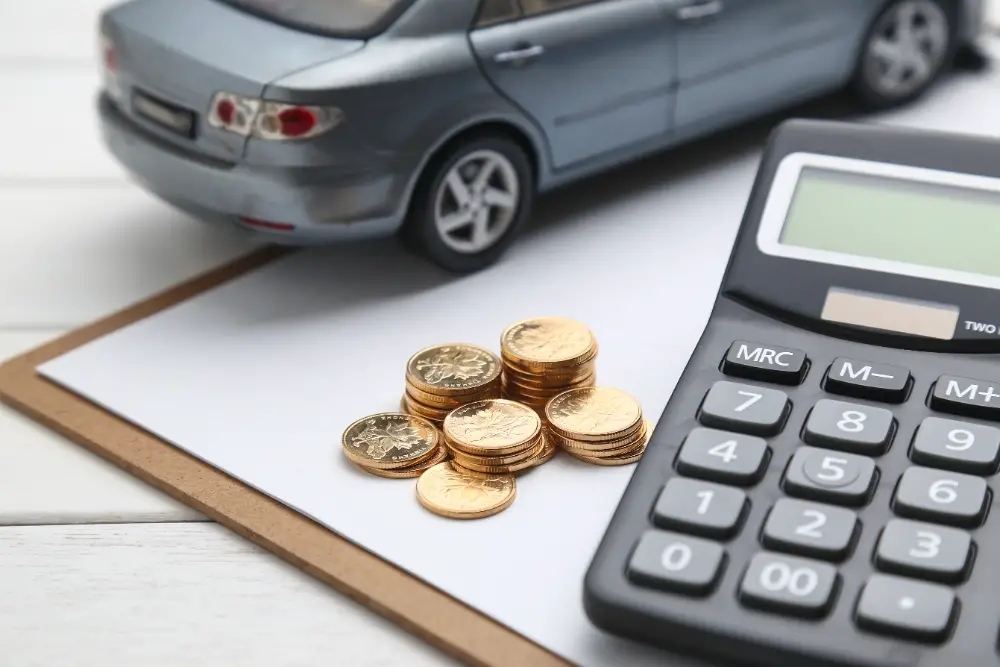Ah, the age-old question: “Should I put money in a high-yield savings account?” If you’re like most folks, you want your money to work as hard as you do. But with so many options out there, it can feel like navigating a financial maze. Fear not! As your friendly neighborhood Money Mentor, I’m here to shed light on high-yield savings accounts and help you decide if they’re the right choice for you.
Let’s dive into the nitty-gritty of high-yield savings accounts—what they are, how they work, and whether they’re worth your hard-earned cash.
What Is a High-Yield Savings Account?
A Quick Overview
A high-yield savings account is just like your regular savings account but with a twist—it offers a significantly higher interest rate. While traditional savings accounts might give you a paltry 0.01% APY (Annual Percentage Yield), high-yield accounts can offer rates of 2.00% APY or more. Talk about a win-win!
How Do They Work?
When you deposit money into a high-yield savings account, the bank pays you interest on that balance. The interest is typically compounded daily or monthly, which means you earn interest on your interest over time. The beauty of compound interest is that it’s like a snowball effect; the longer you leave your money in there, the more it grows.
The Benefits of High-Yield Savings Accounts
1. Higher Interest Rates
Let’s face it; we all want to make the most of our money. With high-yield savings accounts, you can earn much more than a traditional account. For instance, if you had $10,000 in a traditional savings account earning 0.01% interest, you’d get just $1 in interest over a year. But at a high-yield rate of 2.00%, you’d earn $200 instead!
2. Safety and Security
High-yield savings accounts are generally offered by FDIC-insured banks, meaning your money is protected up to $250,000 per depositor. This gives you peace of mind knowing your savings are secure, unlike that “investment opportunity” your cousin Gary keeps pushing at family dinners.
3. Easy Access to Funds
Unlike other investment options that might lock your money away for years, high-yield savings accounts allow you to access your funds relatively easily. Need to make a purchase or cover an emergency? No problem! Just transfer money back to your checking account, and you’re good to go.
4. No Minimum Balance Requirements
Many high-yield savings accounts come with no minimum balance requirements, making them accessible to everyone. Whether you’re just starting your saving journey or are a seasoned pro, you can find an account that suits your needs.
Potential Downsides to Consider
1. Variable Interest Rates
While high-yield accounts offer enticing rates, they can also fluctuate. Banks may adjust their rates based on the economic environment. So, what seems like a great deal today might not be as attractive tomorrow. Keep an eye on your account to ensure you’re still getting a competitive rate.
2. Limited Transactions
Most high-yield savings accounts come with limitations on the number of withdrawals or transfers you can make each month (typically up to six). If you find yourself needing to access your money frequently, this might not be the best option for you.
3. Inflation Risk
While you might be earning more interest than a traditional savings account, high-yield accounts may still not keep up with inflation. If inflation rises faster than your interest rate, your purchasing power could decrease over time.
How to Choose the Right High-Yield Savings Account
1. Compare Interest Rates
Not all high-yield savings accounts are created equal. Take the time to compare rates from different banks and credit unions. Look for accounts that consistently offer competitive rates.
2. Check Fees and Minimums
Be sure to read the fine print. Some accounts may charge monthly maintenance fees or have minimum balance requirements that could eat into your earnings. Look for fee-free options that align with your financial goals.
3. Research Customer Service
It’s always a good idea to check reviews and ratings for the bank or credit union you’re considering. Excellent customer service can make a world of difference if you encounter issues or have questions down the line.
4. Look for Promotions
Many banks offer promotional rates for new customers. Take advantage of these offers, but be sure to read the terms and conditions carefully. Sometimes, the initial rate may drop significantly after a promotional period ends.
When Is a High-Yield Savings Account a Smart Choice?
1. Emergency Fund
If you’re building an emergency fund, a high-yield savings account is a fantastic choice. It allows you to earn interest while keeping your money accessible for unexpected expenses.
2. Short-Term Savings Goals
Planning a vacation or saving for a new car? High-yield accounts can help you reach those short-term goals faster without the risks associated with more volatile investment options.
3. Cash Reserves
If you’re a business owner or freelancer, keeping cash reserves for operational expenses in a high-yield savings account can be a smart move. You’ll earn interest while ensuring you have funds on hand when needed.
Conclusion: Is a High-Yield Savings Account Right for You?
So, should you put your money in a high-yield savings account? If you’re looking for a safe, accessible way to grow your savings while earning higher interest than traditional accounts, the answer is a resounding yes! Just be sure to do your research, compare options, and stay informed about your account’s terms and rates.
Remember, savvy saving is all about making your money work for you. And with a high-yield savings account, you can take a step towards achieving your financial goals. Now, go forth and save like the financial guru you are!






